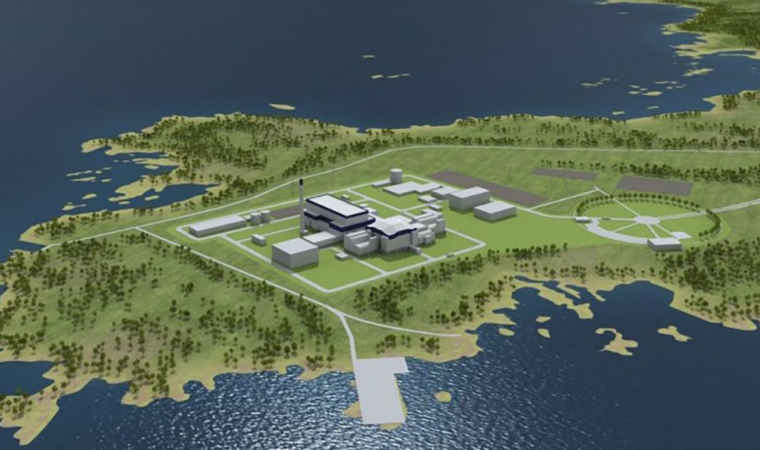
Rosatom anchored in Finland
back to contentsThe political decision has been made on the Russian-Finnish nuclear plant project, and businesses are now taking center stage, said Finnish President Sauli Niinistö after the talks with his Russian colleague Vladimir Putin.
“The current global situation has directly affected our bilateral economic relations. Mister President [Vladimir Putin] mentioned our cooperation in the nuclear field. We have a joint project in the nuclear industry,” Mr. Niinistö said. “Finnish political forces have expressed their attitude to the project through parliamentary voting. Now it is a matter of businesses taking part in the project.”
All for success
According to Russia’s President Vladimir Putin, Russia will do its best to become Finland’s partner in the Hanhikivi project. “Today we have talked about large projects, particularly power industry projects and the nuclear power plant. We know the decision taken by the Finnish Parliament and see the interest of our partners. In our turn, we will do our utmost to complete the project in strict compliance with our agreements,” said President Putin.
Russia has paid the first tranche of its investment in the project. Putin added, “Nearly one billion euro has been paid.”
Hanhikivi-1 will be built in accordance with the AES-2006 design and use a VVER-1200 reactor. The nuclear station is planned to be located in the Hanhikivi Peninsula near Pyhäjoki and start power generation in 2024. The Project meets safety requirements of the IAEA and European Union and will be adapted to the Finnish national safety standards, which are recognized by industry experts to be the strictest in the world.
Rosatom’s international arm Rusatom Overseas and Fennomoiva as a project owner of Hanhikivi-1 signed a construction agreement in 2013. A year later, in 2014, Rusatom Overseas received a 34% stake in the project. The Parliament of Finland approved the Project by majority vote in the same year. This June Fennomoiva plans to apply for the construction permit.
Last January the Russian Government included the Hanhikivi-1 project in the lists of infrastructure projects co-financed by Russia’s National Wealth Fund (NWF). According to the project, NWF will invest an equivalent of 2.4 billion euro, maximum 150 billion rubles.
The first project tranche of 57.5 billion rubles was paid by NWF in March.
To be continued?
Rosatom will bid for other reactors in Finland if the country holds new tenders, Rosatom CEO Sergei Kirienko told reporters after the talks between Russian President Vladimir Putin and his Finnish colleague Sauli Niinistö.
Kirienko reminded that Rosatom supplied nuclear fuel for Unit 1 and Unit 2 at Loviisa NPP and was carrying out the contract signed in 2013 for the construction of Hanhikivi-1 in Finland.
“It depends on our Finnish partners whether the cooperation will be extended. If there is demand, if electricity consumption grows we might discuss the second unit,” said Sergei Kirienko. He thinks, however, that this is a “long story”. Mr. Kirienko specifically stressed the ownership structure of the project where Russia will hold a 34% stake while 66% will belong to private shareholders representing potential power consumers. “We are satisfied with the 34% share in the project and will not increase it,” Rosatom CEO noted.
“We assume it is the customer who makes decisions. We have been working with Finland for long and built one of the most efficient nuclear stations in the world – Loviisa.”
According to him, Loviisa expansion has been discussed more than once. “If the Finnish Government took the decision to expand Loviisa, we would definitely make a bid to construct new units,” Mr. Kirienko assured reporters and added that the decision had not been taken. The top manager hoped for open bidding in this case.
The matter of Hanhikivi expansion has also been raised, said Sergei Kirienko. “As with Loviisa, it is not us who make the decision. It should be taken by the customer, private investors planning to buy electricity, and the Finnish Government.”




